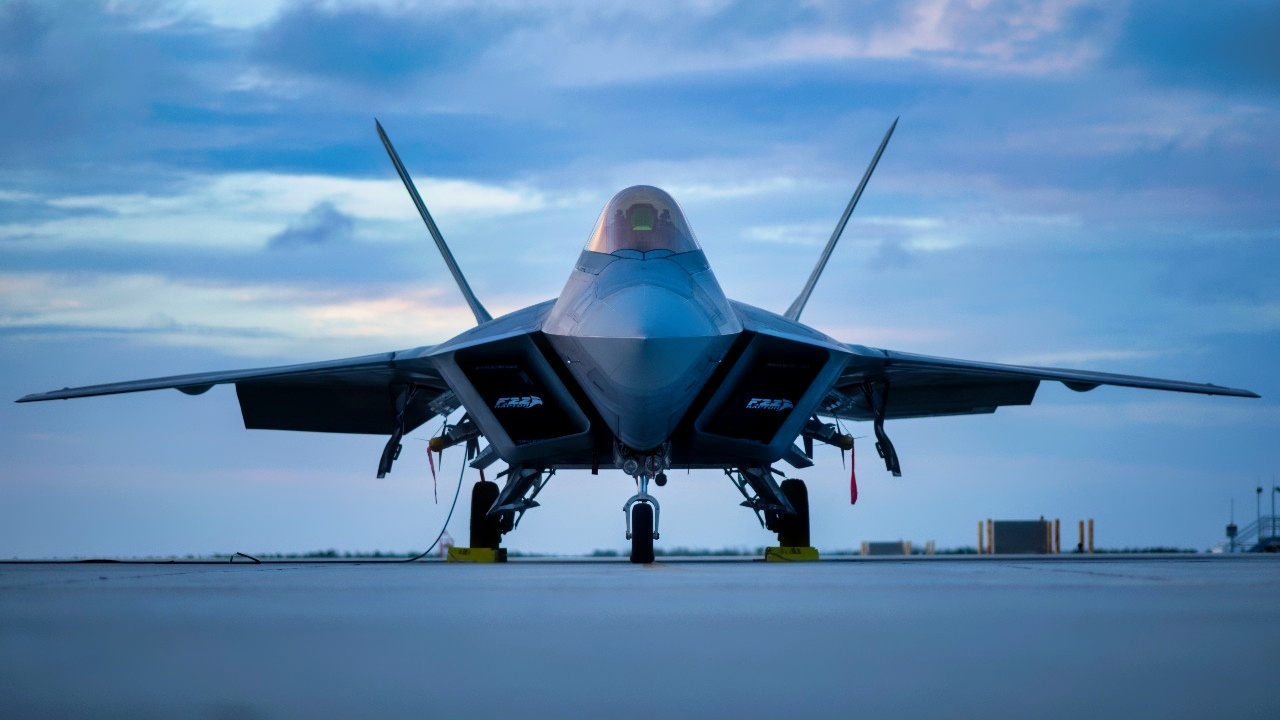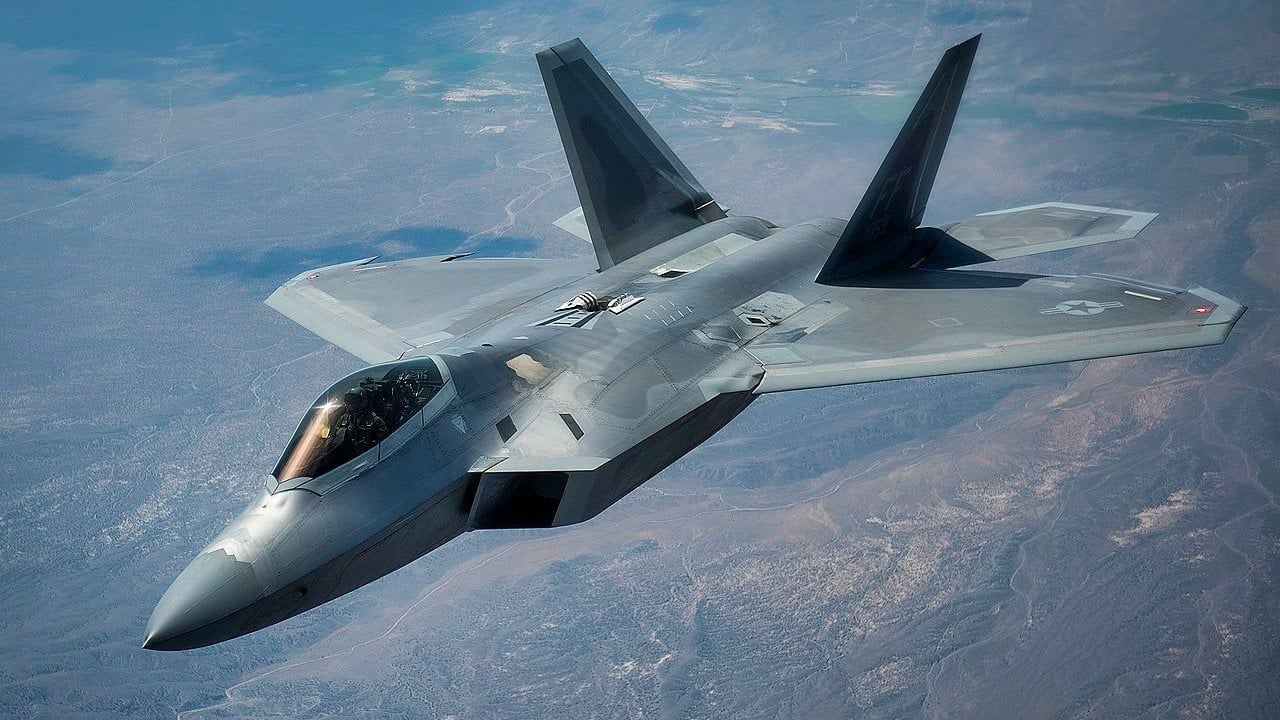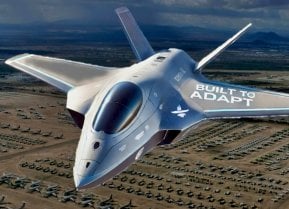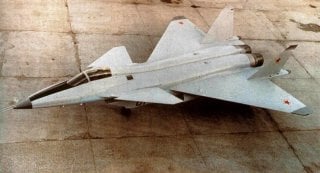MiG-1.44: Russia’s 'Lost' 5th-Generation Fighter Rival to the F-22 Raptor
The MiG-1.44 was Russia’s first attempt at developing a fifth-generation fighter to rival the American F-22 Raptor. Designed by Mikoyan in the 1980s, the MiG-1.44 featured advanced stealth technology, impressive speed with “supercruise” capabilities, and a formidable armaments package.
Summary and Key Points: The MiG-1.44 was Russia’s first attempt at developing a fifth-generation fighter to rival the American F-22 Raptor. Designed by Mikoyan in the 1980s, the MiG-1.44 featured advanced stealth technology, impressive speed with “supercruise” capabilities, and a formidable armaments package.

-However, the collapse of the Soviet Union and economic turmoil in Russia led to the program’s cancellation in 1997.
-Though the MiG-1.44 never saw mass production, its design influenced future Russian aircraft, including the Su-57. The MiG-1.44 stands as a symbol of lost potential and a reminder of Russia’s challenges during its post-Cold War recovery.
The Legacy of the MiG-1.44: Russia's Missed Fifth-Gen Fighter Opportunity
The MiG-1.44 was a Russian experimental fifth-generation jet fighter developed by one of the Soviet Union’s more well-known and respected design bureaus, Mikoyan. The MiG-1.44 was designed to be a multirole fighter with advanced stealth capabilities. It was to be the USSR’s answer to America’s F-22 Raptor. In essence, the MiG-1.44 was the Soviet Union’s first fifth-generation warplane.
The MiG-1.44 was the first rival to the F-22. Of course, it failed. Its failure was not necessarily due to poor technology, though – it mostly had to do with poor timing due to the collapse of the Soviet Union and end of the Cold War.
But the MiG-1.44’s legacy still lives on today.
An Impressive Bird
The MiG-1.44 itself was meant to be what’s known as a technological demonstrator. It wasn’t actually designed to be streamlined and mass produced. The MiG-1.44 was to be a prototype. Had the MiG-1.44 gotten widespread approval from Soviet leadership, lessons from its design would have been incorporated by Mikoyan into a slightly different platform.
This bird was built for speed. In fact, it was designed to have what’s known as “supercruise” capabilities (in other words, it could easily sustain supersonic speeds). The MiG-1.44 was designed to travel at a top speed of approximately Mach 2.35.
Its armaments package was impressive. Like most other multirole warplanes, the MiG-1.44 was designed to carry a variety of weapons, including air-to-air missiles, air-to-ground missiles, and guided bombs. The aircraft was equipped with a 30mm GSh-30-1 cannon. The MiG-1.44 had 12 external hardpoints for carrying additional weapons and fuel tanks.

The USSR’s MiG-1.44 was designed in the 1980s and built in the 1990s. (The first prototype was built in 1994.) The chaos that enveloped Russia soon placed the MiG-1.44 project in an untenable position. By 1997, Moscow had no choice but to terminate the program.
This highly advanced and capable aircraft, with its advanced avionics, stealth technology, and supercruise capability was cut down before it could even really take off. The promise of the bird was never fully realized. In later years, some observers ruminated that China borrowed heavily from the design of this fifth-generation warplane when building their own fifth-generation warplane. Although, others insist that this a mistaken interpretation.
What the MiG-1.44 Influenced
But the MiG-1.44 did have a deep impact on future warplane design in Russia.
Interestingly, the Mikoyan-1.44 is said to have heavily influenced the design and development of Russian warplanes that did make it beyond the design phase, specifically, the Su-57. What’s interesting is that the Su-57 is a Sukhoi product. And while the Russians are notorious for their public-private, state capitalist model, Mikoyan and Sukhoi are two firms that have no love lost between them.
So the MiG-1.44 was an experimental fighter that probably would have delivered F-22-like capabilities for the Russian Air Force. Moscow, however, could not afford to continue investing in the development of the MiG-1.44. This move, though, set the Russian Air Force back significantly as they are just now getting their fifth-generation warplane off the ground – and it still, according to many reports, leaves much to be desired.

Meanwhile, the Americans have enjoyed using their F-22 for 20 years.
Imperial decline and sudden collapse, of the kind the Russians endured at the end of the Cold War, is a painful thing for the country experiencing it. Moscow is only just now rebuilding. The loss of the MiG-1.44 is a symbol of lost greatness. Let’s just hope the United States doesn’t follow a similar trajectory with its own imperial decline today.
Author Experience and Expertise: Brandon J. Weichert
Brandon J. Weichert, a National Interest national security analyst, is a former Congressional staffer and geopolitical analyst who is a contributor at The Washington Times, the Asia Times, and The-Pipeline. He is the author of Winning Space: How America Remains a Superpower, Biohacked: China’s Race to Control Life, and The Shadow War: Iran’s Quest for Supremacy. His next book, A Disaster of Our Own Making: How the West Lost Ukraine, is due October 22 from Encounter Books. Weichert can be followed via Twitter @WeTheBrandon.
All images are Creative Commons or Shutterstock.
From the Vault
Russia Freaked Out: Why the U.S. Navy 'Unretired' the Iowa-Class Battleships
Battleship vs. Battlecruiser: Iowa-Class vs. Russia's Kirov-Class (Who Wins?)


